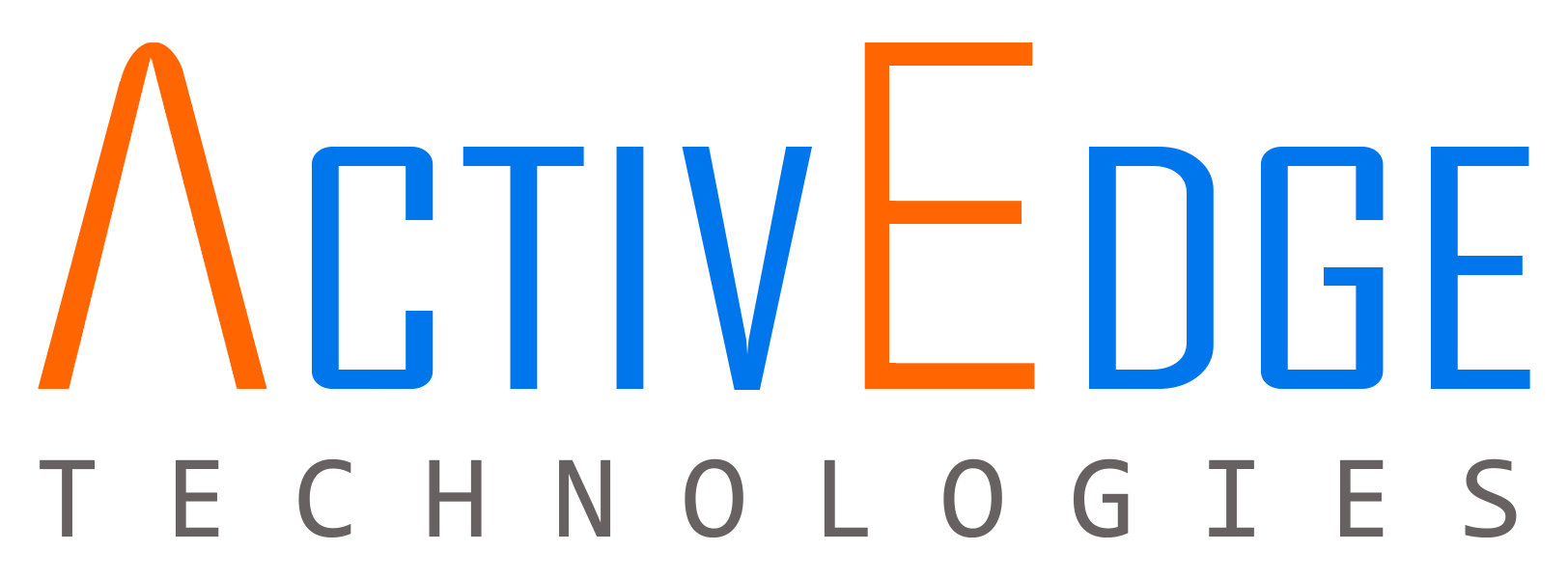Unlocking the Power of Your Digital Assets: A Guide to Digital Asset Management
What is digital asset management?
A digital asset management solution is a software and systems solution that provides a systematic approach to efficiently storing, organizing, managing, retrieving, and distributing an organization’s digital assets. Digital Asset Management (DAM) can be used to refer to both a business process and a form of information management technology, or a digital asset management system. DAM functionality helps many organizations create a centralized place where they can access their media assets.
The digital asset is a key component of the DAM process. It is any file type of value that is owned by an enterprise or individual, comes in a digital format, is searchable via metadata, and includes access and usage rights. There are many types of digital assets, including but not limited to:
- Documents
- Images
- Audio content
- Video
- Animations
- Media files
- Graphics
- Presentations
- Any digital media that includes the right to use
A DAM solution streamlines asset management and optimizes the production of rich media, particularly within sales and marketing organizations, by creating a centralized management system for digital assets. It enables brand consistency through automatic asset updates and reinforcement of brand guidelines, providing a single source of truth within businesses and a more consistent user experience to external audiences.
Modern digital content management teams and marketers also rely on DAM to repurpose content, reducing unnecessary production costs and duplicate workstreams with its invaluable search features. Given the high visibility of brand assets and marketing assets through digital channels, like social media, it’s important for brands to remain consistent in imagery and messaging to build brand authority and generate business growth. As a result, it’s no surprise that digital asset management platforms are becoming critical components of digital transformation efforts.
How DAM software works
Several steps are involved in the use of a DAM solution:
- Creating the asset: Standardized templates and file formats prepares digital files for encoding even before they are created. This standardization improves the ease of document search and retrieval.
- Encoding and Indexing: To simplify the search for assets, metadata enables the identification of digital content through attributes such as asset type (e.g. whitepaper), version (e.g. new), media type (e.g. video), and technology used (e.g. Photoshop, etc.). These identifiers create an index, grouping assets that have common tags to improve searchability.
- Workflows: This indexing can then be leveraged for rule-driven workflows, enabling task and process automation.
- Version control: Version control becomes increasingly important to automate workflows, as it ensures that the latest, most up-to-date asset is being utilized within existing one. As new workflows are established, it also ensures that only the most current version is accessed and carried forward for review and use.
- Governance through permissions: Governance through permissions ensures that only those who have been granted access are able to use the asset in the manner in which it was assigned to them. This capability protects organizational assets from theft, accidental corruption, or erasure.
- Auditing: An audit should be conducted internally to evaluate the effectiveness of DAM and identify areas of improvement. Likewise, regulatory bodies may audit a DAM solution to ensure an organization’s technology and processes comply with regulations. Both types of audits occur regularly in highly regulated industries such as finance and healthcare.
A DAM solution can be implemented on-premises, in the cloud, or in a hybrid topology. Cloud-based asset storage, management and delivery can be a cost-effective, secure, scalable, and flexible option for an organization.
The benefits of DAM
- Reduction of production costs and better resource allocation. The centralization of assets within a DAM enables organizations to find and reuse assets, reducing production costs and duplicate workstreams. Reduced costs encourage the allocation of resources in other areas of the business. The resulting efficiency gains help to bring assets and solutions to the market faster.
- More organizational transparency. Since a DAM provides users with a clear, comprehensive view of digital assets, this has implications around content planning and execution. It can increase collaboration across various stakeholders or introduce more impactful workstreams through the elimination of redundant projects.
- Increased conversion and customer retention. When businesses organize content appropriately based on the user’s stage of the buyer journey, they can serve content and marketing materials at the right time for their target audiences. DAM enables organizations to personalize the customer experience, establishing and nurturing stronger relationships which moves potential customers and existing customers along the buying cycle faster and more effectively.
- Brand Consistency. DAM helps to ensure that messaging, positioning, visual representation, and other means of brand adherence are consistent. With DAM, functional areas and business units can re-use creative files and other assets to gain efficiencies and present a single truth to the market.
- Governance and compliance. Licenses, legal documentation, archives, and other assets can play key roles in meeting industry-driven or governmental regulatory compliance demands. The ability to organize and rapidly retrieve these materials can save organizations time and money, as well as mitigate the disruption of core business processes.
The history and future of DAM
The emergence of desktop publishing in the late 1980s enabled printers, publishers and advertisers to digitize text, graphics and photography. Too big for most internal hard drives, these files were transferred to external media with simple metadata labels. They were placed in simple, hierarchical files and folders.
In 1992, Canto Software released Cumulus — one of the first DAM systems. It was an on-premises, standalone solution, featuring thumbnail previewing, metadata indexing and search capabilities. While early DAM solutions made assets easy to find, verify, and retrieve, files were still not easy to share.
By the early 2000s, server-based DAM enabled file-sharing over the Internet. Shortly thereafter, cloud storage offered another way to store, manage and distribute digital assets.
DAM quickly evolved into integrated libraries able to deliver content to a variety of devices, systems, and repositories. Application programming interfaces (APIs) enabled assets to plug into different applications and meet specific requirements quickly and efficiently.
Now it is common for AI capabilities to be embedded into DAM — intelligently tagging and cross-referencing assets, including video recognition and voice recognition. IBM Watson Video Enrichment can analyze video streams using deep learning technologies while the IBM Blockchain Platform ensures greater DAM security. Using machine learning, DAM systems can anticipate content needs and make recommendations to users. With these marketing tasks being performed very quickly, often within minutes or less, organizations can make adjustments in near-real time to gain a competitive advantage.
What to look for in a DAM solution
When looking at DAM platforms, it is important to evaluate whether the solutions you select provide capabilities that will help you implement a successful solution to support your needs today and beyond.
A successful DAM solution will provide the following capabilities:
- Support asset lifecycle and role-based permissions: Your DAM solution should enable you to manage your digital assets from idea through conception and throughout their lifecycles. It should also provide access rights and permissions with the granularity that you need to preserve the integrity of your assets.
- Integration: Your DAM solution should integrate with the solutions that you have in place today, such as asset creation and distribution, and any systems you plan to add in the future.
- Bidirectional flexibility: A flexible, agile DAM solution will provide the flexibility to search for assets in any direction. Bidirectional flexibility enables you to search metadata, such as brand, to find an asset, or search specific assets to find metadata. This capability supports the search and repurposing of assets by other functional groups within an organization.
- Import and export capability: Your DAM solution should not create an isolated island of data. Your ideal solution should include the ability to share digital assets as well as search results and other data.
- Stable storage and transfer infrastructure: The DAM solution you choose is equally as important as how and where the assets are stored, and the ability to transfer the assets wherever they are needed. Whether you choose on premises software-defined storage or cloud-based storage, consider the reliability, flexibility, scalability, performance, and recoverability to protect your assets.
- File transfer efficiency: Speed and efficiency of file transfer are important because they directly affect your speed of business. The ability to share and use the assets when and where you need them will help to define the effectiveness of the solution that you choose.
IBM and DAM
DAM helps organizations across the globe maintain the access rights, control and integrity of their digital assets for many purposes. Implementing DAM as a centralized holistic solution connected with corporate and functional strategies can provide a more consistent, more compelling customer experience. According to Forrester, “More than 2/3 of companies want to deliver their content more efficiently. Successful firms now make DAM a part of their broader digital experience and content strategies, not a point solution.” 1
Find out more about IBM Aspera on Cloud, a hosted service that enables you to quickly and reliably move and share your files and data sets of any size and type across a hybrid cloud environment. With IBM Aspera Connect, perform high-speed, browser-based file transfers to and from IBM Aspera clients and web applications. In addition, using IBM Aspera FASP High-Speed Transport for bulk data provides an optimal alternative to traditional TCP-based transport. IBM Aspera offers a fast, reliable and efficient DAM solution to serve your asset management needs.
Use cases
DAM is used across industries anywhere digital assets are involved.
Here are two examples of the use of DAM:Patent offices
Patent offices typically manage large volumes of digital assets in various stages of completion. As updates are made through the asset’s lifecycle, transferability, version control, and access rights features are critical for maintenance. Other features like search functionality also enables processes within patent offices to scale effectively. Technology companies
Technology companies use DAM in many different departments, often across multiple locations. DAM centralizes the assets for access and use. Functional areas within an organization will use DAM for different purposes. Some examples include:
- HR uses DAM to manage employee records, benefit subscription and status, hiring requisitions, holiday and vacation requests, and payroll receipts.
- Procurement uses DAM to store preferred vendor contact details, invoices, and specifications.
- Development teams uses DAM to store proprietary product design and development plans, planning materials, and images.
- Sales and marketing teams use DAM for brand management, and to maintain assets created and used across the organization.
Many constituents across these organizations will need to access, use, edit and track the assets, making access permissions critically important. These permissions could be based on business unit, functional department and role. They may restrict access of some assets to internal employees. Permissions may also extend access of other assets to external constituents such as partners or customers. Think logos and engagement proposals that can help support partnership and ecommerce initiatives.
Contact us today if you have questions about IBM Products and Services. A representative from ActivEdge Technologies will respond as soon as possible with answers to your questions.

